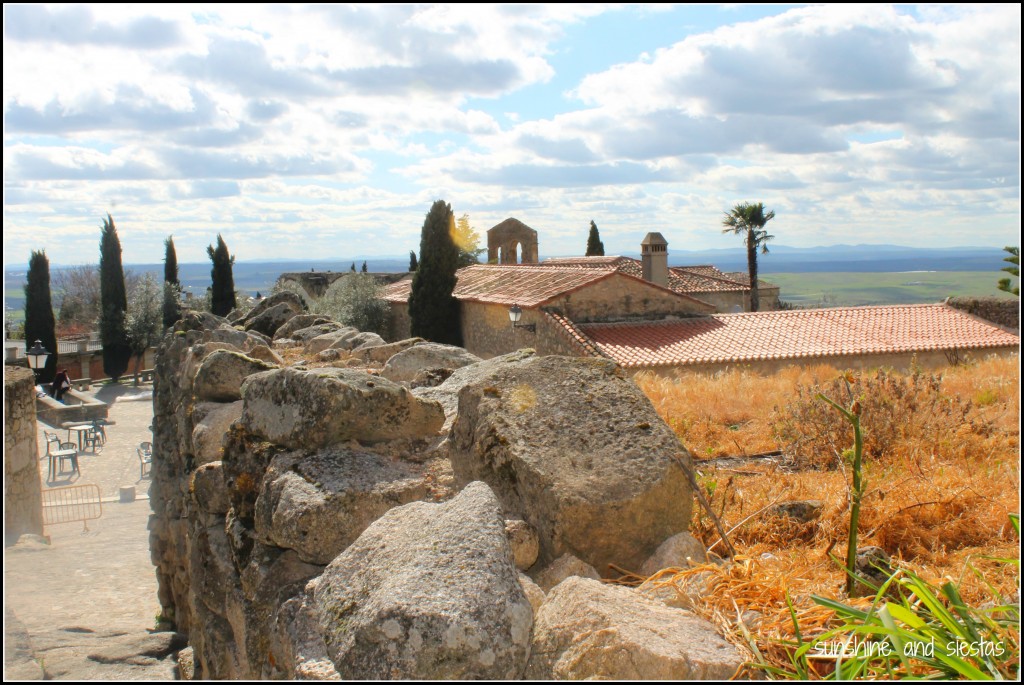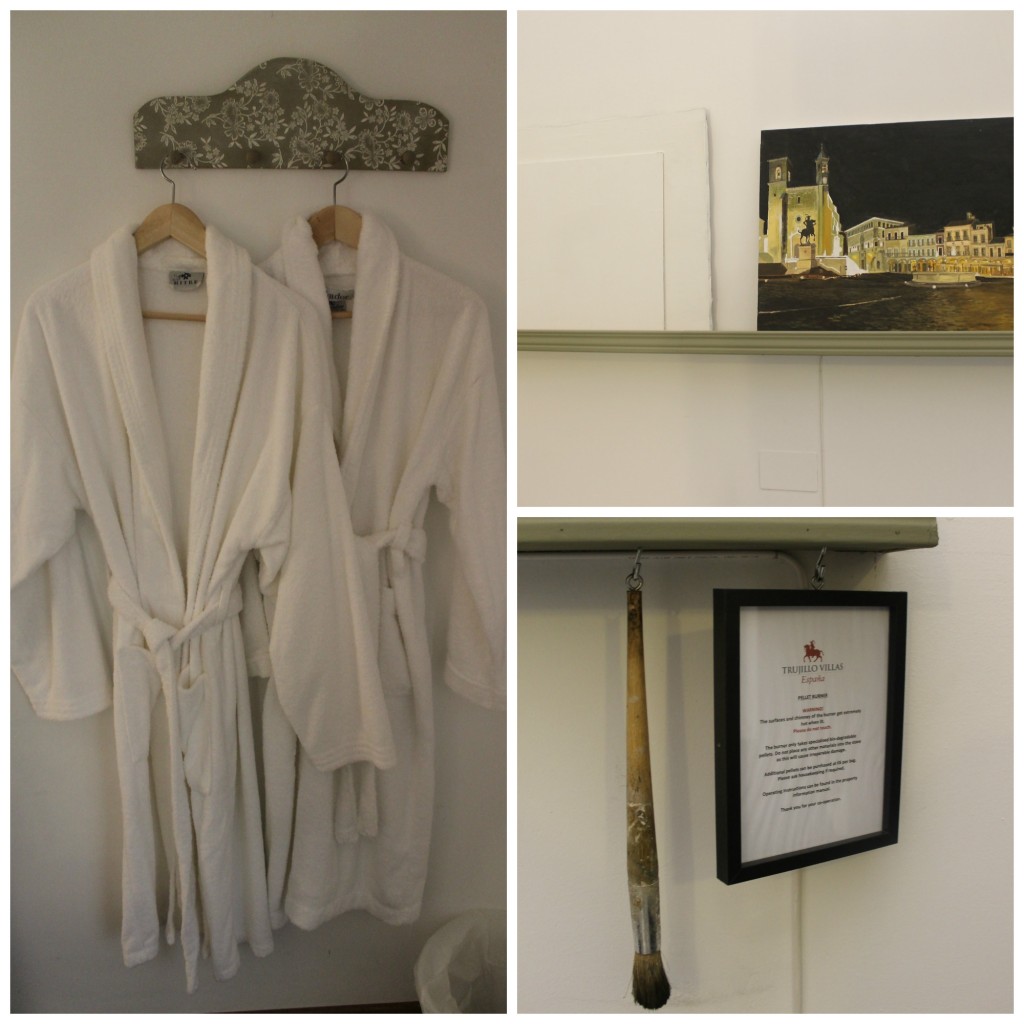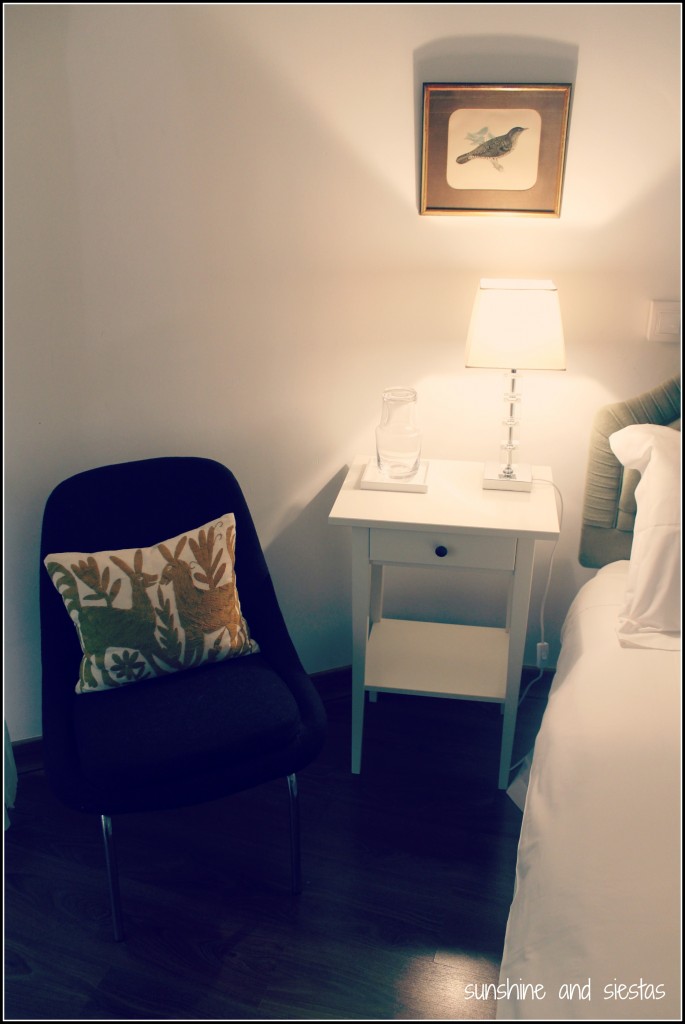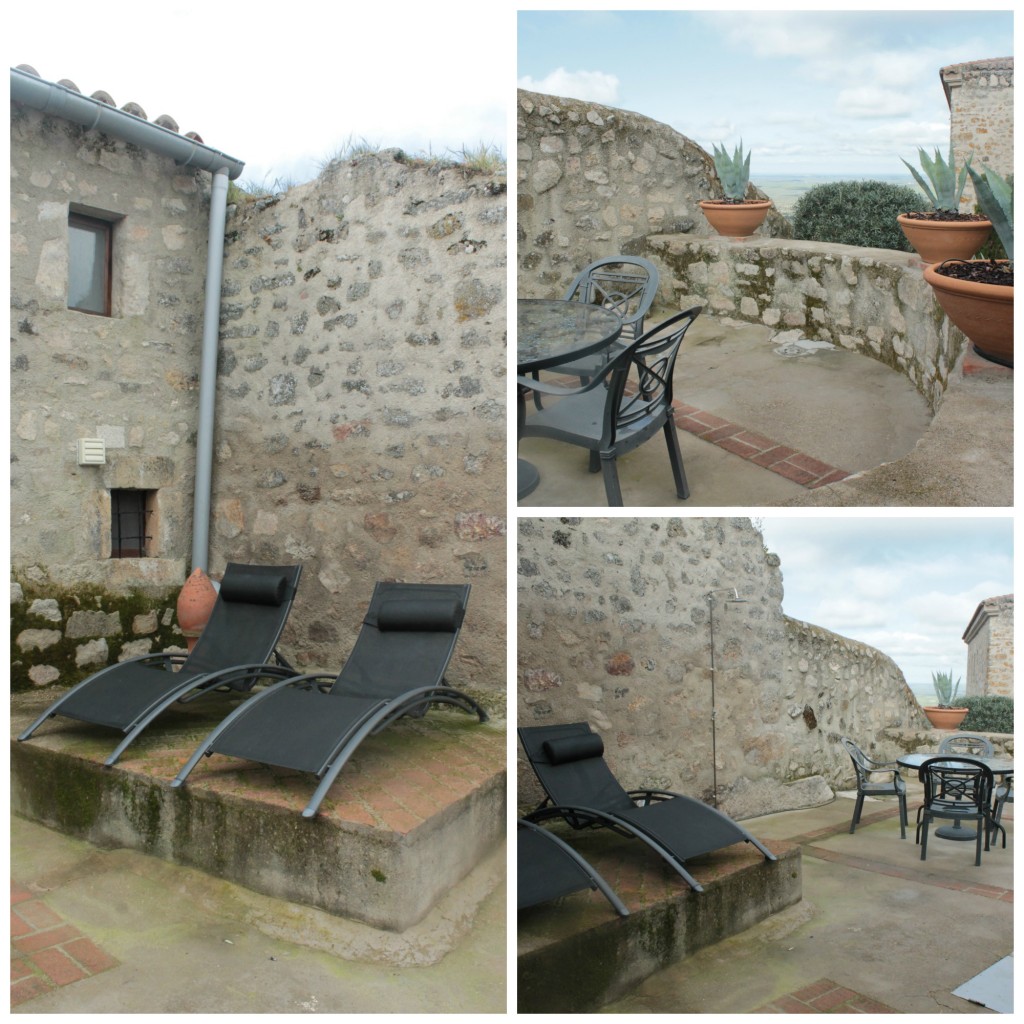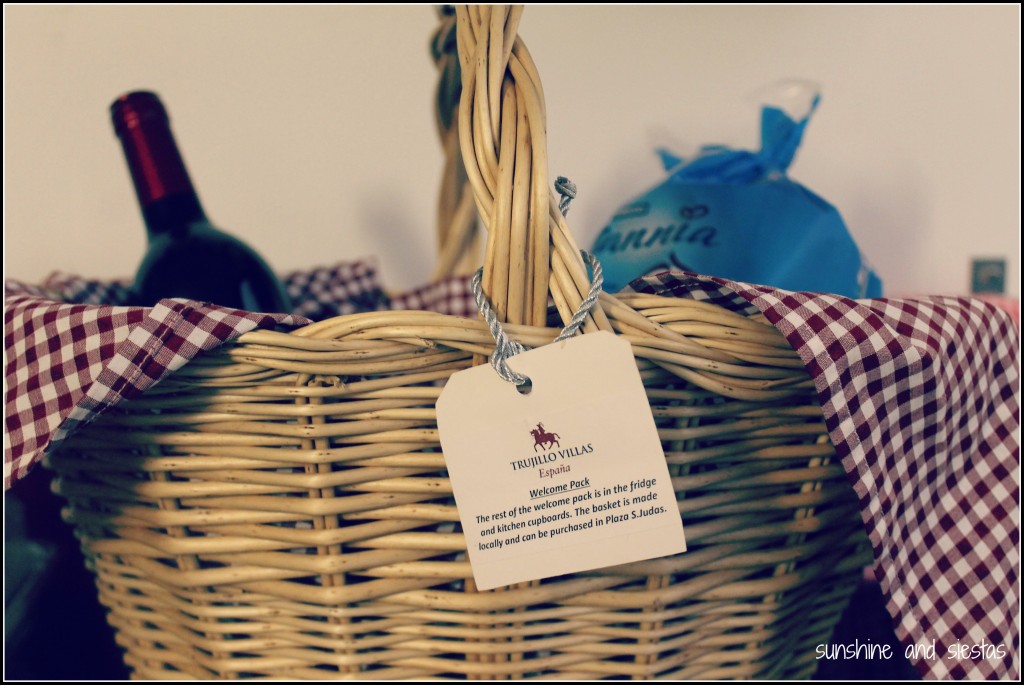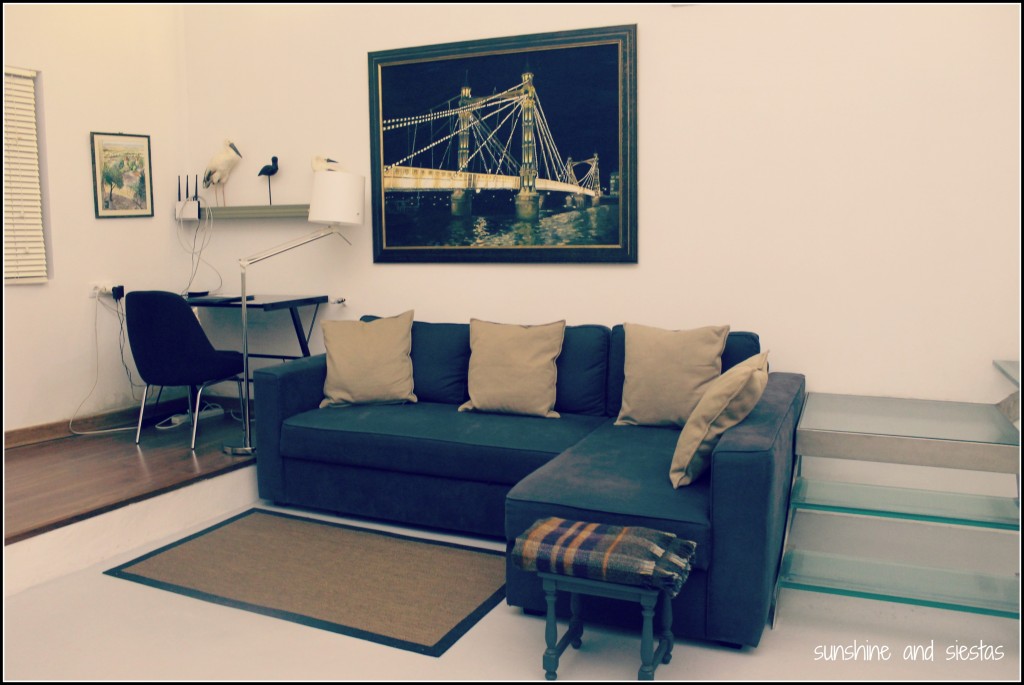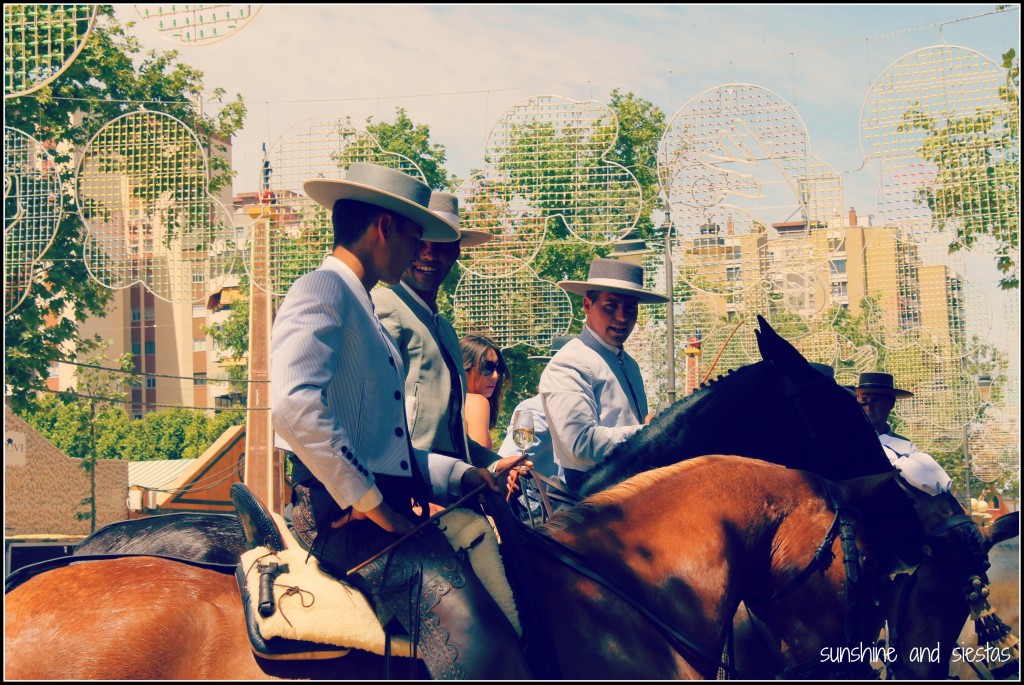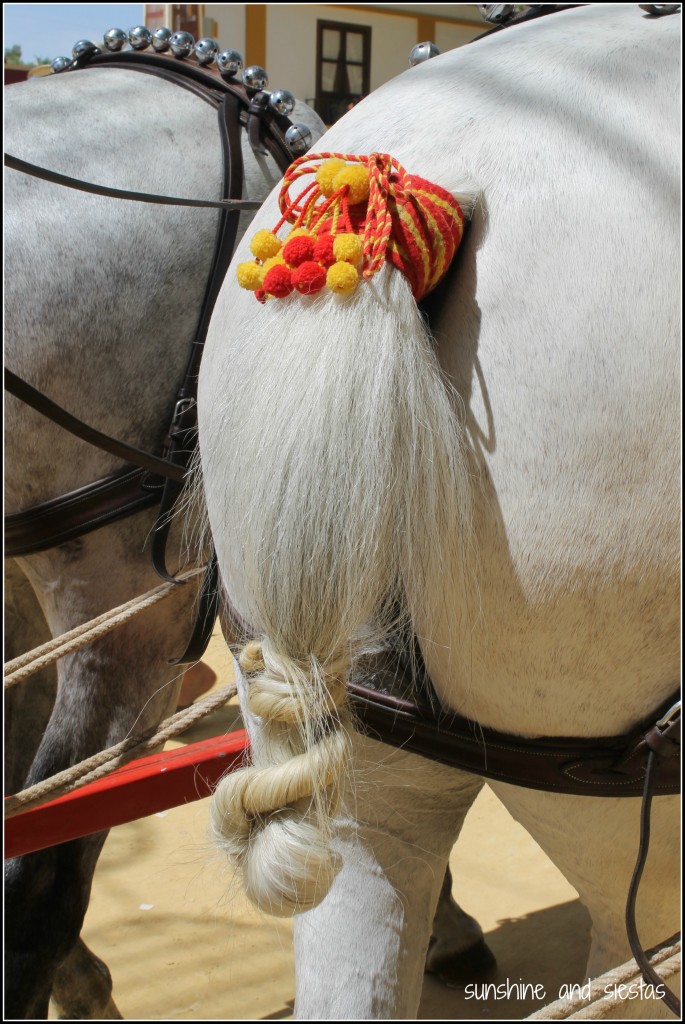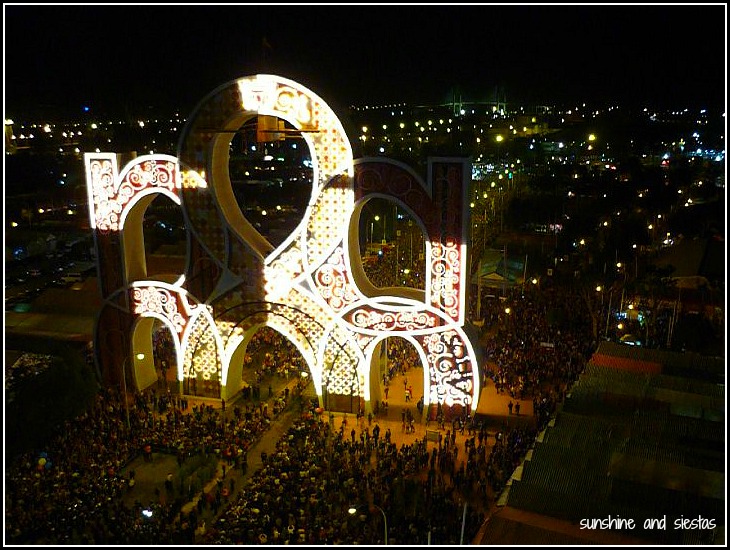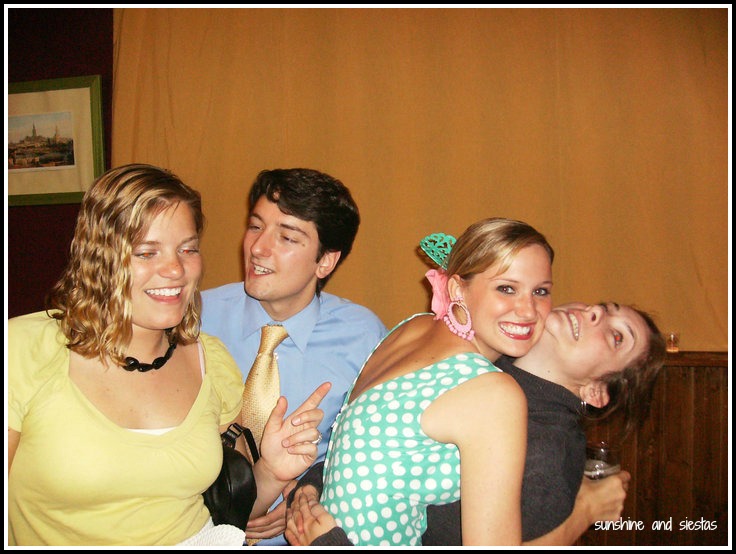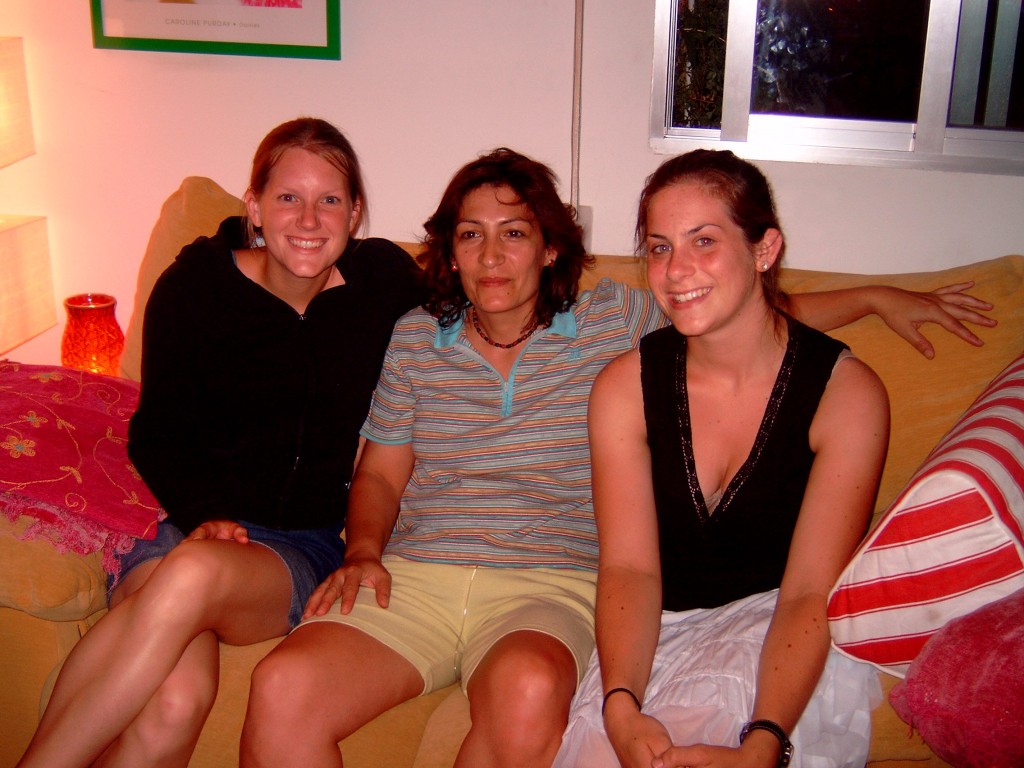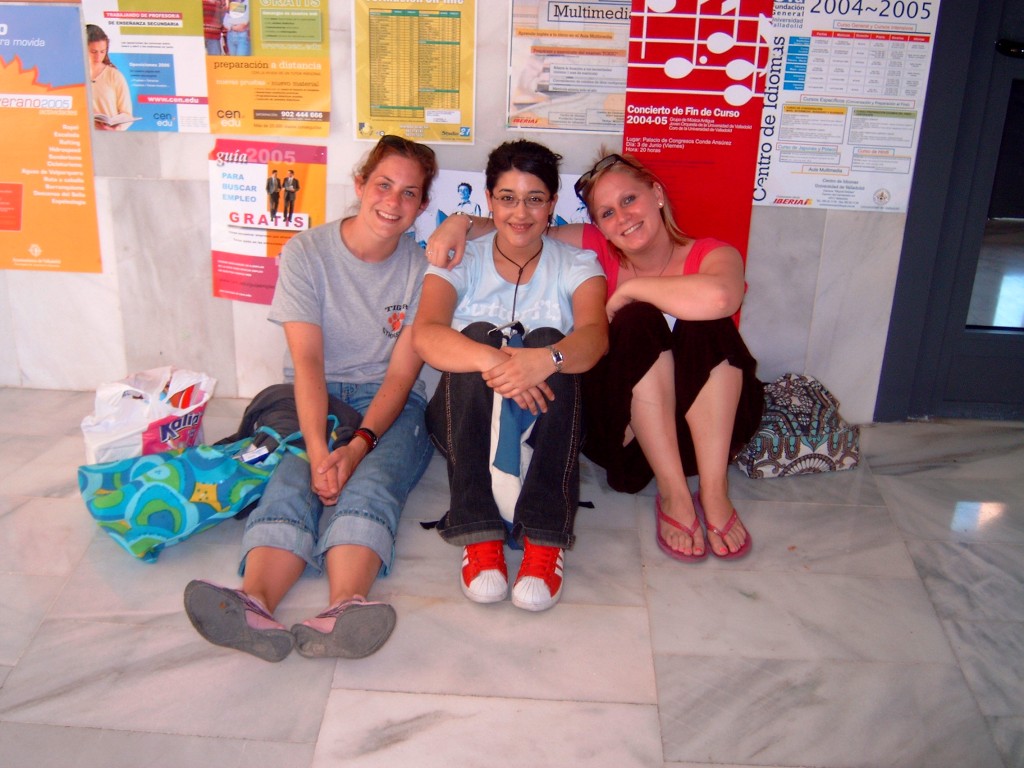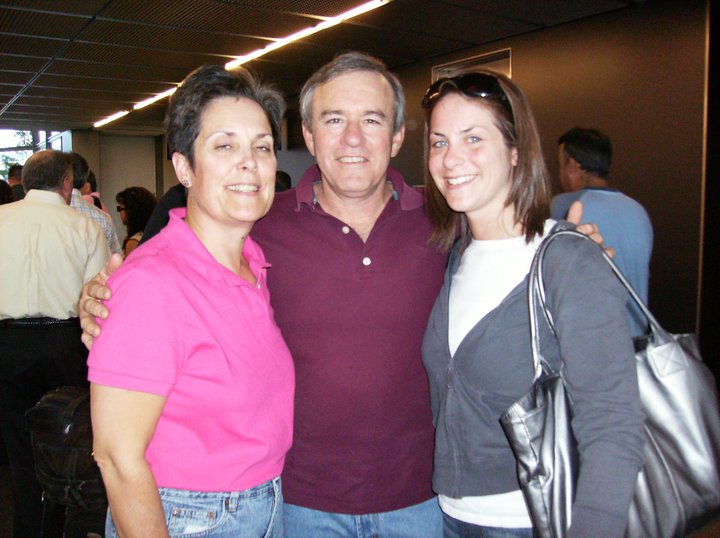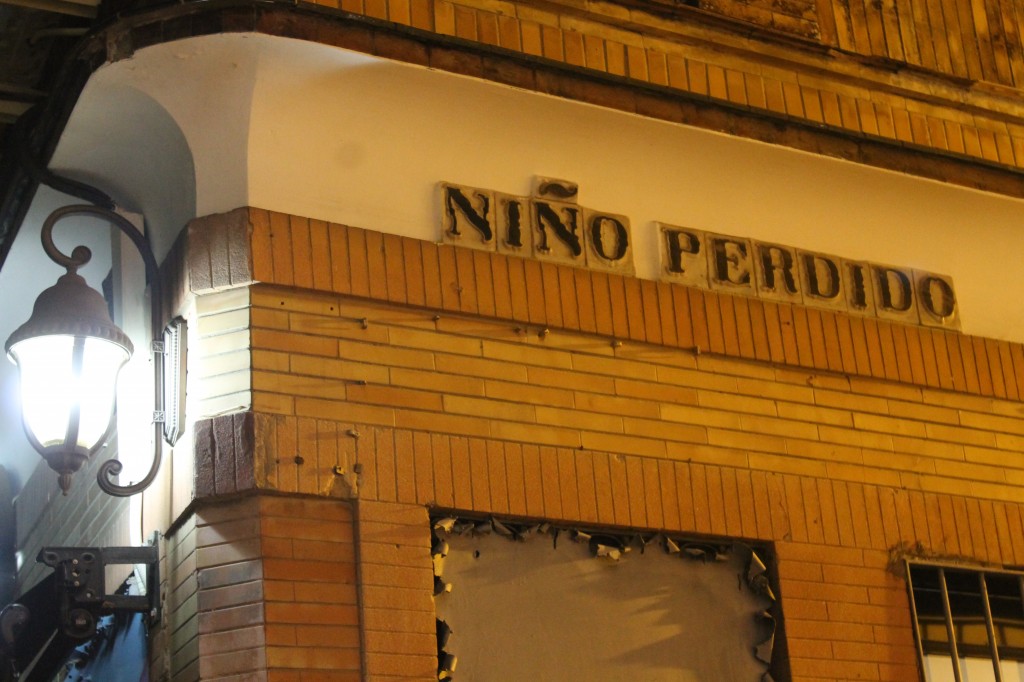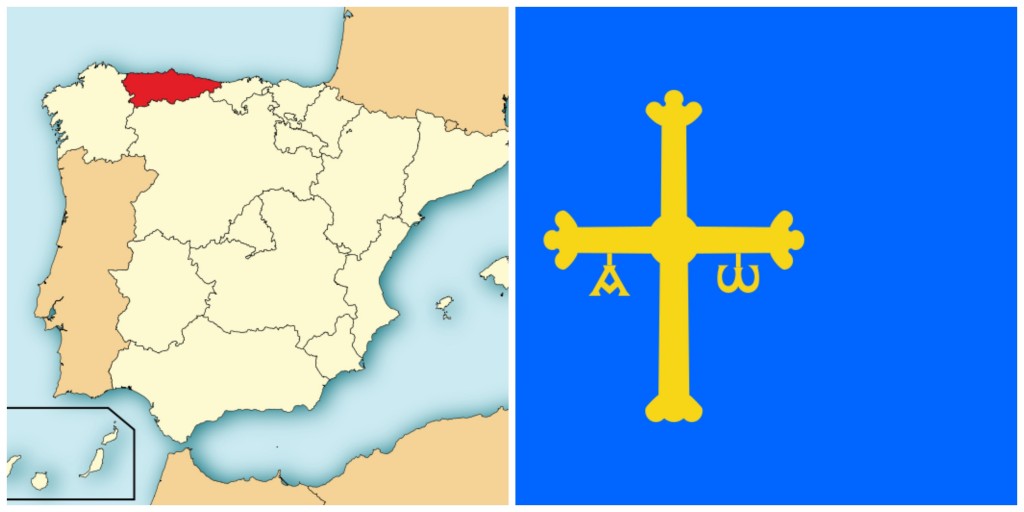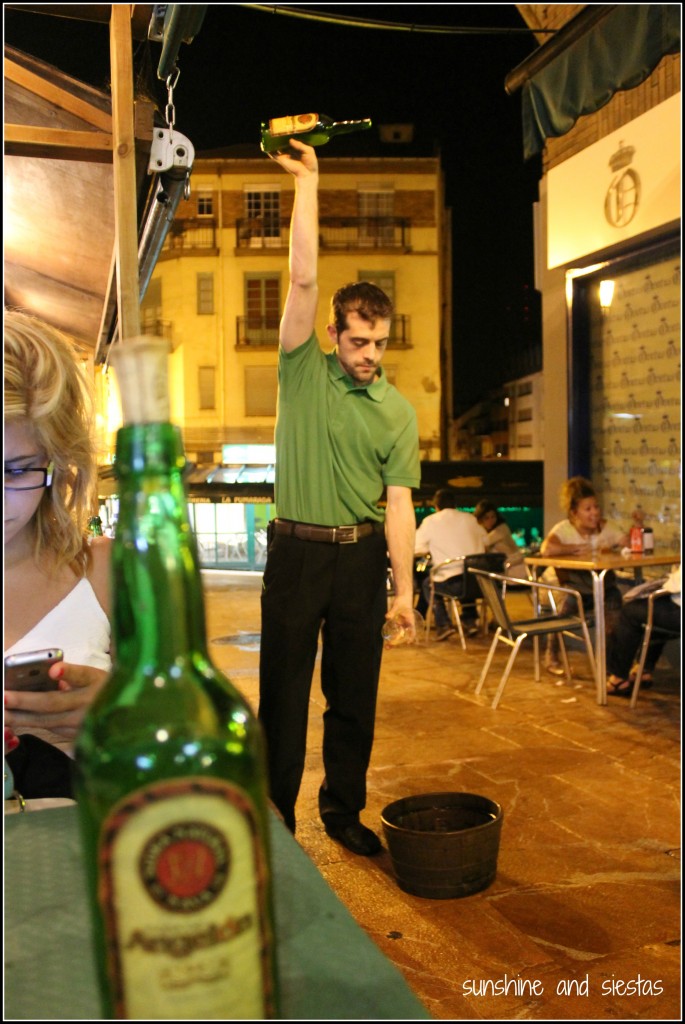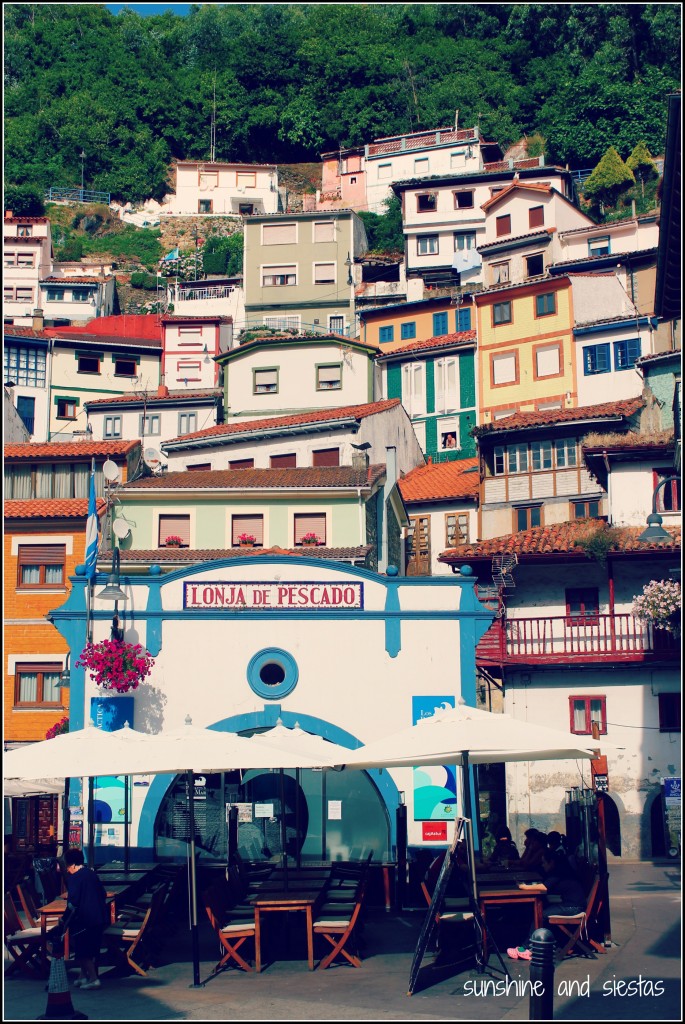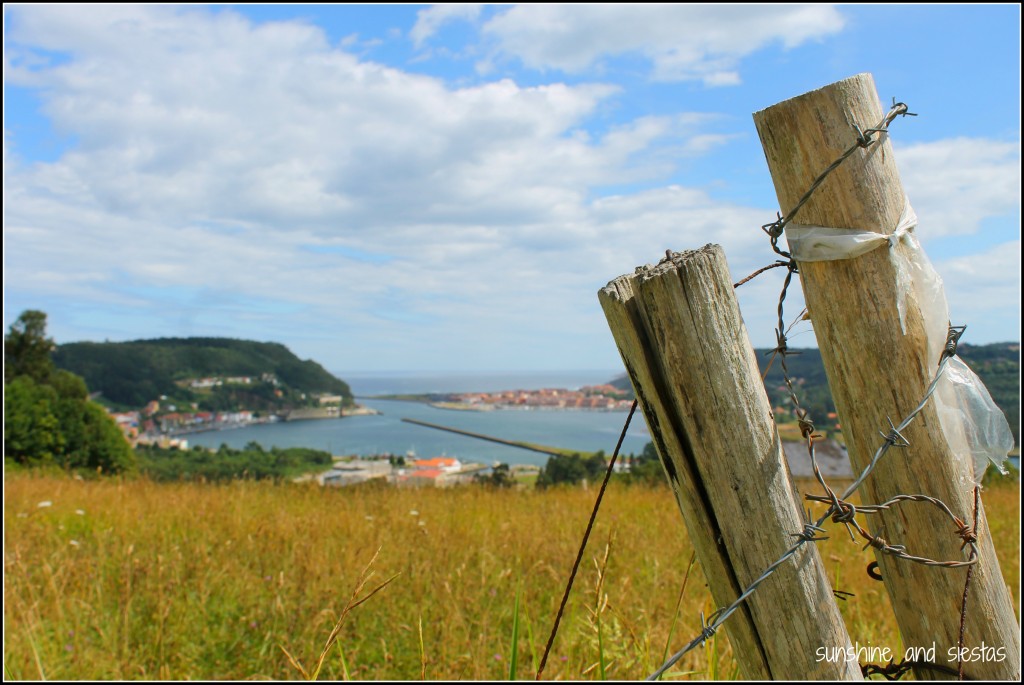I spent two nights sleeping next to Francisco Pizarro. Well, next to the house where the Conqueror of Peru grew up on the hardened plains of Extremadura in a small town called Trujillo, not actually with him (he died almost 500 years ago in Lima).
Trujillo has always loomed from the A-5 highway towards Madrid, castle and ramparts rising from an empty extremeño plain. Noted for its medieval stone village, impressive Plaza Mayor and cheese smelly enough to make you think you’re eating feet, it was one of the places on my 2014 Spain wish list. Spending a weekend at Trujillo Villas, a series of luxury rental villas in the heart of Trujillo’s old town, was the perfect invitation to return to one of Spain’s most up-and-coming areas after four years.
Angela greeted us at the parador after we’d spent the afternoon in nearby Guadalupe; we showed up nearly an hour late. She was chipper as she showed us through the village, navigating ancient streets while pointing out places to eat. Yeah, we’d get along alright. The Novio was pleased to learn that our digs for the night, the Artists Studio, was two doors down from the childhood home of Pizarro.
For European travelers who forget that there’s a Spain away from the coasts, Trujillo Villas offers vacation homes and luxury, self-catered holiday properties in one of Spain’s undiscovered regions.
The building
Right off of Plaza los Moritos, the family built an open, contemporary space well-suited for a couple. The next door neighbor came to greet us each time we passed, his gaping smile (and the lamb his wife seemed to always have in her arms) just as warm as the car and service we received the whole weekend.
The villa is just a few minutes’ walk from the Plaza Mayor, the castle and other major sites around town. Rectified from a pile of rubble, the Artist’s Studio can comfortably sleep up to four people, thanks to its sofa bed, and it’s suited for a quick city break or a longer stay in Trujillo. It’s modern, yet romantic.
The open concept main floor
Modern, airy and decorated with artists in mind, the Artist’s Studio’s mezzanine level is open from the front door all the way to the back door, which opens to a private terrace.
A small desk was a perfect spot to set up my laptop during siesta hours while the Novio camped out on the couch with the TV on. The unit is air-conditioned, but also has a pellet-burning eco fireplace, which was perfect for the chilly March nights where the wind seemed to whip right past the house.
I loved the detailing that alluded to the region in which Trujillo lies – the water fowl, the local products – as well as the blank canvases and easels, begging to be used. Angela and her family run self-catered trips that focus on cooking, painting and walking holidays, evident from even the paintbrushes that hung from beneath the mantle.
The bedroom and bathrooms
I hadn’t even taken my coat off when I climbed the metallic and glass stairs to the bedroom and bathroom on the second floor. We’d been up all afternoon driving and touring, so I needed to test out the comfort factor of the bed:
Yep, I could sleep here easily.
What blended well within the Artists Studio was its Old English Manor House comfort meets modern, open apartment. The only doors in the place led to the outside or to a bathroom, so the whole place felt communicated and airy.
I could read while in bed, draw the curtains and listen to the Novio watching an old episode of Aída while I drifted off after a day or exploring Yuste and Garganta la Olla.
The terrace
At the rear of the house, there’s a refurbished stone terrace with patio chairs, loungers and even a rainforest shower (lack of room for a pool, says Angela) with uninterrupted views of the northern extremeño countryside.
Late March was still cool and breezy, so we didn’t get to make any use of the inviting terrace. Some sort of party was raging all day Saturday, so I took a glass of wine out to watch the sun turn the nearby castle ruins light up golden and listen to Gangnam Style.
The specifics
Apart from the care Angela took in making sure we were looked after, the Novio and I were delighted to find a welcome pack the included a few bottles of local wine, fixings for breakfast and fresh lilies on the kitchen table.
Every appliance in the house was explained thoroughly, and Angela left maps of Trujillo and the region, information for day trips and things to do around town. There was plenty of logistical information for long-term stays, like where to get groceries or even play a round of golf – it’s evident that the Gartons love Trujillo and the weathered plains that surround it.
Our first question? Where to eat. Angela dutifully pointed out her favorite eateries around the city, clustered around Plaza Mayor and its labyrinth streets in the old city and even joined us for breakfast before check-out.
What I loved about our stay with Trujillo Villas – not counting the top-notch service and beautiful lodgings – was that we could explore the city leisurely and were staying in a rental villa with character in a town that had no lack of it. We spent more time than normal just relaxing in the Artists Studio and taking advantage of the space.
While we didn’t make it to the small museum around the corner, we did see the great city that Pizarro and Orellana built with the riches from the New World. I felt more local by forgoing the hotel option, and don’t think Trujillo would have felt so cercano and accessible if we’d stayed in one of the motels off the A-5 highway.
My stay was graciously provided by Trujillo Villas for winning their Food Blogging contest with a post about my most memorable Spanish meal. All opinions are my own. Bookings at the Artists Studio start at £110 per night, and a minimum of three nights must be booked. If you’re interested in staying with them or in finding out about their package holidays, point your browser to their homepage.
Have you been to Trujillo?


